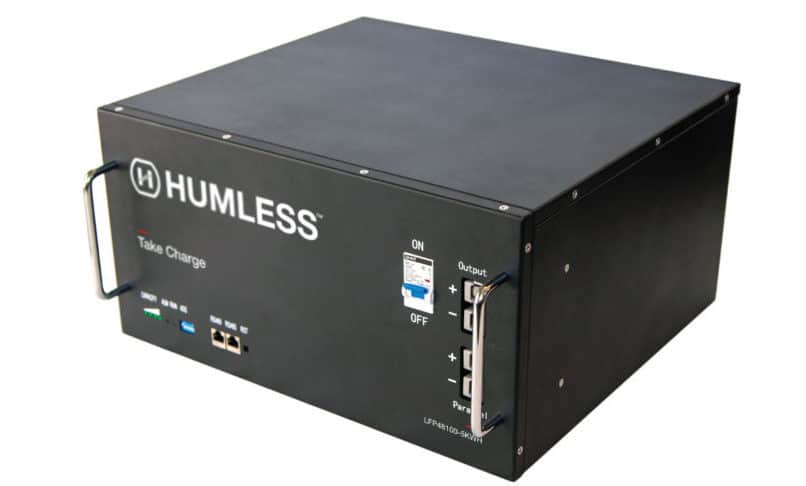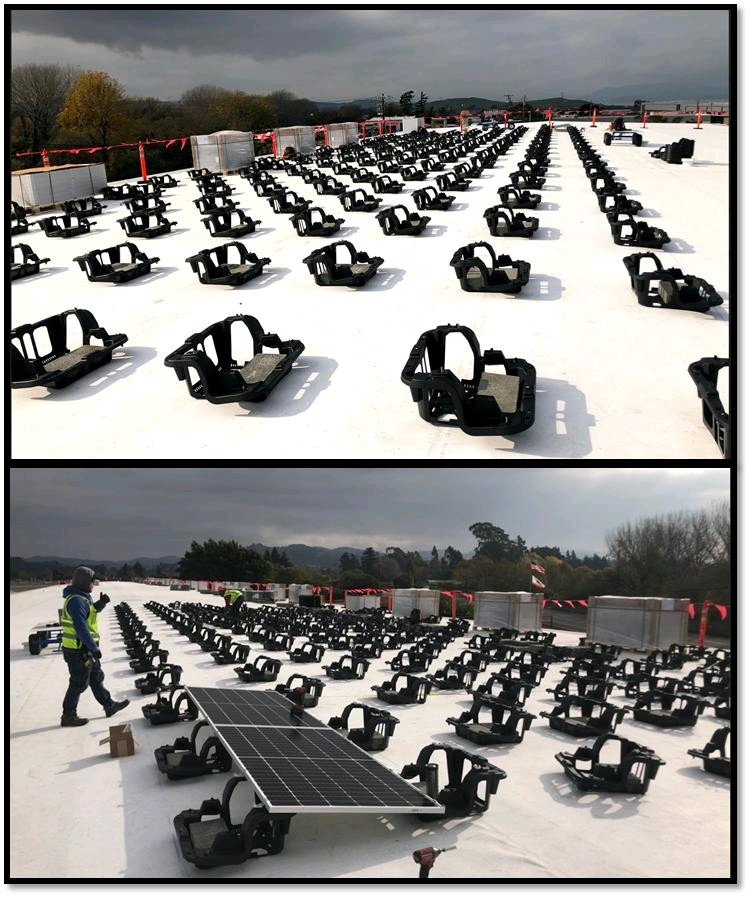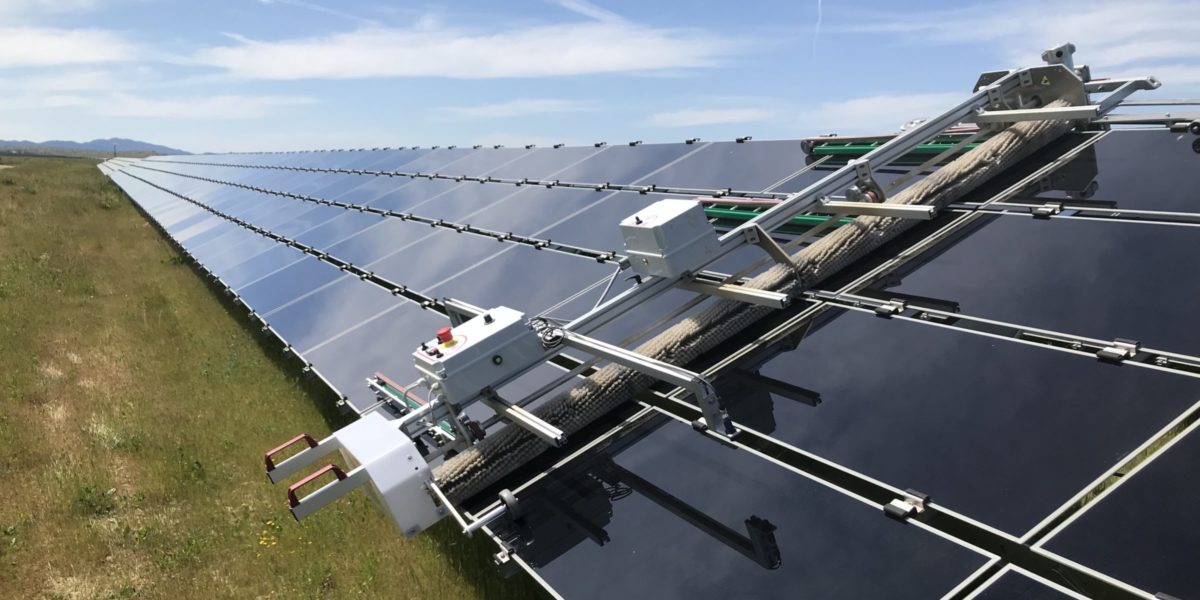Robots won’t get rid of all O&M costs — we’ll still need humans to build, program and service the robots, but we can be smarter about it. We’ve already got robots that turn our solar panels to face the sun; we use animals to manage the land underneath; next the machines will clean. CEO Publio Nardin tells pv magazine to check out pictures of its robots on Instagram. The company has robots to clean First Solar’s Series 6 modules, as well as First Solar’s legacy module format. Source: Washpanel
Intersolar is imminent and the hardware announcements are coming. Humless introduced its 5-kWh lithium iron phosphate 4,000-cycle battery. Lithium iron phosphate has less memory issues and holds a charge better over time. The Humless 5-kWh unit features advanced protection from over-discharge, over-current, short circuit, and temperature variations. The 5-kWh batteries are stackable up to 14 units (70kWh). Source – Humless

Lightsource BP, a global solar developer, has announced the purchase of approximately $100 million in equipment (the DuraTrack HZ v3) from single-axis solar tracker builder Array Technologies. The investment in single-axis solar tracking equipment was completed in December and is the first phase in the construction of over 1.5 GW of large-scale solar projects in the U.S. The purchase was done in order to lock in the 30% tax credit of 2019. Source – Array Technologies
Ironridge’s “flat roof attachment anchors” can be fully ballasted, fully anchored, or a hybrid that is optimized for the site. The system can eliminate hundreds of pounds of required ballast weight and achieve configurations as light as 3 pounds per square-foot. Source – Ironridge

The construction of solar modules is always changing. By 2023, the size of the solar cells in a module will change and will increase module efficiency and lower costs. This means 72-cell modules will go away soon, and an increase in cell size, per CSUN, will put further pressure on polycrystalline products. The 156.75mm (M2) size has become the mainstream specification (for solar cells) and the size has changed slightly after 2017, although it is facing a bottleneck in improving cell efficiency. After the successful promotion of 158.75mm (G1) in the second half of the year, market share has increased and established the dominant size for the next 1 to 2 years. Silicon manufacturers hope to introduce larger sizes of 166mm (M6) and 210mm (M12). Source – CSUN
Generally, solar module pricing was stable last month, but one thing happened that is technically trivial, but emotionally interesting: the average cost per watt of lower efficiency 60/72 cell modules slipped just under 20¢ per watt.
https://twitter.com/PvInfolink/status/1217396140343119874
This content is protected by copyright and may not be reused. If you want to cooperate with us and would like to reuse some of our content, please contact: editors@pv-magazine.com.








“Generally, solar module pricing was stable last month, but one thing happened that is technically trivial, but emotionally interesting: the average cost per watt of lower efficiency 60/72 cell modules slipped just under 20¢ per watt.”
Africa, Pakistan, India would sure find a place for panels at $0.20/watt, it will be these underserved countries with little or no power grid infrastructure that will represent the most need for future pico, micro solar PV systems installed. We look at ‘industrialized’ nations and make predictions for “utility scale” solar PV installations. In many small villages and towns in these countries there is no power available. Most folks in these regions do have cellular telephones though. At $0.20/watt one could install a couple of 300 watt panels on the roof a couple of batteries to store excess solar PV energy for night time use and use LED lighting for their homes, these individuals can stop buying candles and kerosene for indoor lighting. The cost savings in not having to buy fuel and candles can almost pay for the solar PV system.